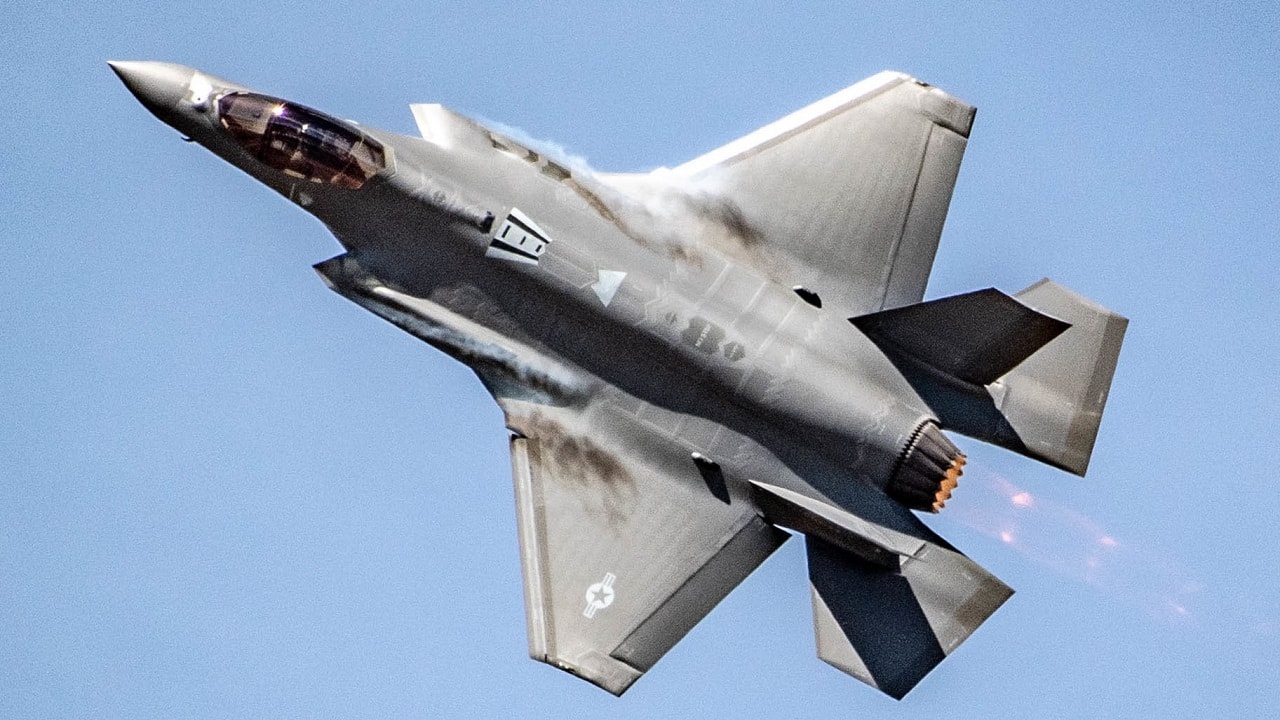The Czech Republic and Romania last week became the latest NATO member-states to announce plans to acquire the Lockheed Martin F-35 Lightning II.
According to Lockheed Martin, by the mid-2030s more than 600 F-35s will be stationed on the European continent, across NATO member-state bases and in Switzerland. NATO members in the F-35 program already include Belgium, Canada, Denmark, Finland, Germany, Italy, the Netherlands, Norway, Poland, the United States, and the United Kingdom.
The Joint Air Power Competence Centre (JAPCC) describes the fighter as the backbone of next-generation NATO operations.
“The F-35 will allow other NATO Allies to close the current capability gap with the U.S.,” a JAPCC report stated, while also noting that the “F-35 program pursued a more highly integrated NATO industrial base to maximize the capabilities of the Alliance.”
But Can Lockheed Martin Keep Up With Demand?
Interest in the F-35 remains steady, with additional allies and partners adopting the fifth-generation stealth aircraft. But too much demand could strain the supply chain. Much like the latest video game system at the holidays, there might not be enough to go around. Already, orders being placed now might not be filled for years.
Any backlog could affect the U.S. Air Force itself, as orders exceed Lockheed Martin’s production capacity.
“Lockheed will have to [increase production] in order to meet the international demand. They’ve already got orders that exceed what they’re producing today,” Lt. Gen. Richard Moore, the U.S. Air Force’s deputy chief of staff for plans and programs, told Breaking Defense last month. Moore did make clear he was not ordering the aerospace and defense giant to invest in new production.
Lots of F-35s on Order
There are currently more than 2,500 F-35s on order, and it could take 14 years, at a pace of roughly 180 jets a year, to fill all those orders. The problem is actually worse than it seems, because Lockheed Martin had been aiming to hit that pace before the pandemic. It is two dozen more aircraft per year than the company’s current annual goal of 156. That quantity is expected to remain the goal through at least production lot 24, Breaking Defense reported.
Ramping up production isn’t as easy as just adding a second shift of workers or expanding Lockheed Martin’s Fort Worth facility. Part of the appeal of the F-35 program is that numerous partners in numerous countries help build the aircraft.
Engine maker Pratt & Whitney and center fuselage producer Northrop Grumman — as well as hundreds of smaller vendors — supply the countless pieces that put the F-35 together. All of those subcontractors would have to expand production capacity.
Efforts are being made to help the process.
A partnership with German-based Rheinmetall for center fuselage production could help increase the rate of production to 165 per year, according to a report from Defense One.
Even if production could be increased, the F-35 program won’t run forever. It wouldn’t do any of the companies — large or small — any good for them to ramp up, fill all the orders, and then hope more come in.
Why Wait for a Fifth-Generation Fighter?
Time might be of the essence for Lockheed Martin. If foreign buyers have to wait, some could opt to cut their orders and look to alternative options — including competing sixth-generation fighters currently in development in Europe and Japan that are set to enter service by the mid-2030s.
Why, then, should buyers go with a fifth-generation fighter that they won’t get for more than a decade, when they could be the first on the block with a cutting-edge sixth-generation fighter delivered around the same time?
Author Experience and Expertise
A Senior Editor for 19FortyFive, Peter Suciu is a Michigan-based writer. He has contributed to more than four dozen magazines, newspapers, and websites with over 3,200 published pieces over a twenty-year career in journalism. He regularly writes about military hardware, firearms history, cybersecurity, politics, and international affairs. Peter is also a Contributing Writer for Forbes and Clearance Jobs. You can follow him on Twitter: @PeterSuciu.

